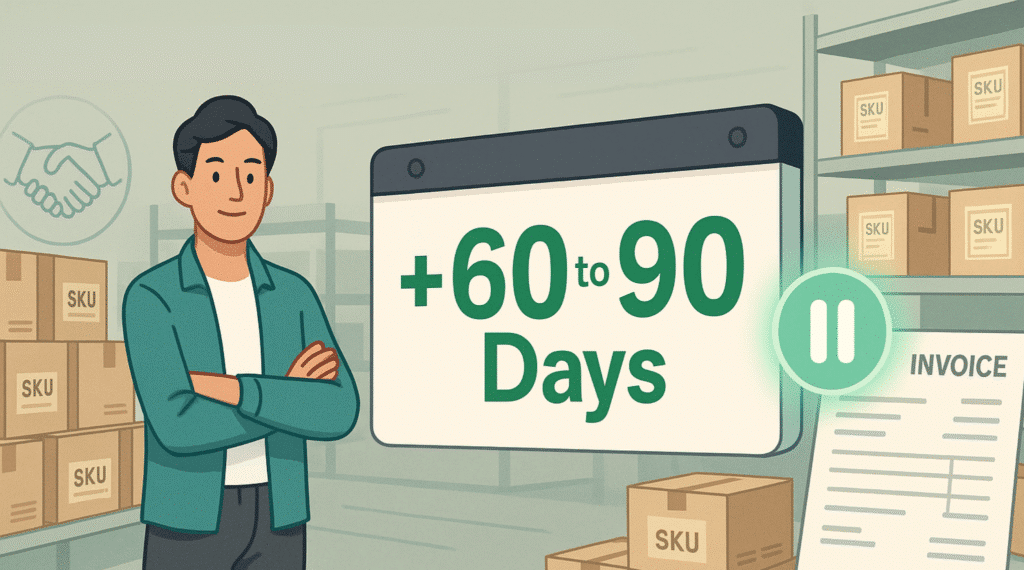- Operations
How to Transition Between EDI Providers
By:

I hear from many brands who get started with one EDI provider, only to realize it’s not the best fit. Transitioning between EDI providers can be a bit complicated as there are so many moving parts. That said, it can be done with careful planning. Here are some key steps to guide you through this transition:
1. Assess Your Current EDI Needs
Before making a move, evaluate your current EDI requirements. Understand the specific needs of your retail partners and ensure that the new provider can meet these requirements. This includes compatibility with your current systems and the ability to handle your transaction volume.
Clearly know WHY you are transitioning and get buy in from your team, so everyone is clear. Things to consider are:
- Ease of Use
- Customer Service
- Ease of setup for new vendors
- Modern User Interface
- Integrations
- Cost
2. Select the Right EDI Provider
Choosing the right EDI provider comes down to which provider aligns with your reasons for switching. Look for a provider who is familiar with the requirements of your retail partners, supports all relevant fulfillment models, and can integrate seamlessly with your Warehouse Management System (WMS). Ensure they offer automatic connectivity to your key systems such as e-commerce platforms, order management tools, and accounting systems.
3. Plan the Transition Process
Develop a comprehensive transition plan that outlines each step of the process. This should include timelines, resource allocation, and potential risks.
- Start planning 3-6 months before you make the transition.
- Time the transition to align with your existing contract ending so you can get out of it.
- Communicate the transition with your retail partner and ask if they have any specific tips for the transition.
- Plan the transition during your least busy season if possible.
4. Train Your Team
Ensure that your team is adequately trained on the new EDI system. This includes understanding how to use the new interface, manage transactions, and troubleshoot common issues. Create a standard operating procedure document for the new platform.
5. Monitor and Optimize
After transitioning to the new EDI provider, continuously monitor the system’s performance. Gather feedback from your team and retail partners, and work with your provider to optimize the setup. This will help you ensure that the new system is meeting your needs effectively and efficiently.
Transitioning between EDI providers is a significant step, but with careful planning and execution, it can lead to improved efficiency and better business outcomes. For more detailed guidance and support, consider reaching out to experts or exploring resources from companies like Crstl, which specialize in modern, no-code EDI solutions (Crstl – No-code EDI for modern brands).





